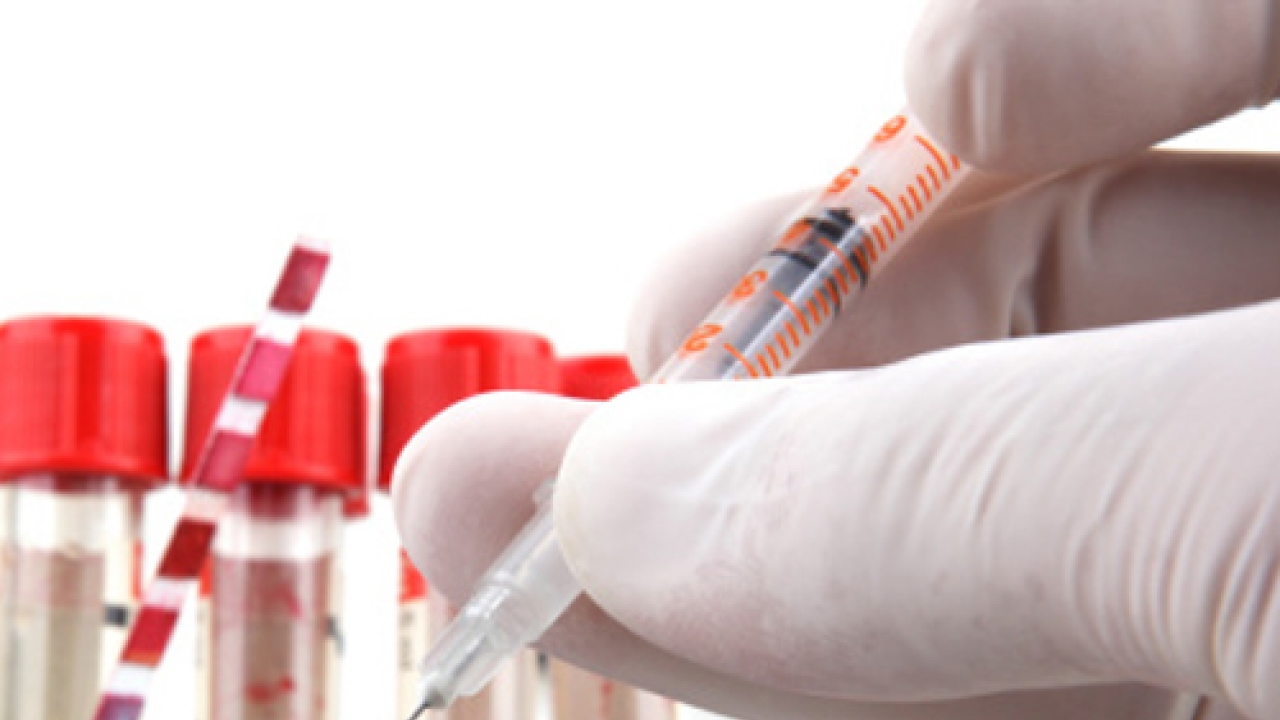
Detection of 8 common cancers at ‘Early-stage’ with latest blood test technique
Early detection of cancer plays a great role in saving lives and science has been working in the same direction for decades to deal with this life-threatening disease. A team of international researchers led by researchers from the John Hopkins University have generated a test with the ability to analyze the circulating DNA as well as proteins to help in detection along with localization of cancer cells of multiple types at their early stage.
The findings of this research were published in the journal named Science. The paper defined a new blood test with multiple analysis that shall help detect eight common types of cancer. The results are obtained by calculating the level of circulating protein as well as a possible mutation in DNA. The common cancers to be determined with this latest test accounted for more than 60 percent of death by cancer in the year 2017 in the United States.
The test has been named “CancersSEEK” which was tested on 1005 patients who were clinically tested with the presence of cancer in organs such as ovary, stomach, liver, pancreas, colorectum, esophagus, breasts, and lungs. The team also combined this test with the study of more than 850 healthy individuals in the control group that showed no history of cancer.
CancerSEEK proved accurate in detecting more than seventy percent of the total eight types of common cancer. The sensitivity of the test ranged in between 69 to 98 percent for more than five types of cancer such as liver, ovary, pancreas, stomach as well as esophagus. As per studies which were done prior to CancerSEEK, the liquid based biopsies that included plasma DNA test were accurate only for cancer that was localized at one specific part of the body. One more study stated that with the help of 4 protein-based biomarkers integrated with KRAS (a genetic biomarker) can easily improve the sensitivity to help detect cancer in the pancreatic region.
In order to develop CancerSEEK in an accurate fashion, the team had to target four issues at hand. The first was to examine the appropriate count of bases to help with the detection of a large variety of cancers. Now, each base also required being sequenced around thousand times to enable detection of mutations. The team also had to cut short the number of queried bases to avoid detection of artifactual mutations. This would bring down the overall ratio for signal-to-noise during the process of detection. Apart from all these issues, the test needed to be affordable with high-quality output.
To deal with these problems, researchers looked for a minimum possible number for short amplicons which shall allow them to pinpoint at least one of the driver gene-based mutation amidst the 8 types of cancer evaluated by them. The researchers finally designed a panel with 61-amplicon where each one examined at least 33 pairs of base amidst one of the 16 genes.
The team adopted two methods to detect the rare mutation in the ctDNA. The first was to apply Safe-SeqS (Safe-Sequencing System). This method uses the strategy similar to bar-coding. This helps differentiate between amplification/sequencing errors from the real variants. This helped the team in extracting efficient use for the small amount the DNA that is cell-free, located in the plasma.
Upon calculation of the median based sensitivity for the different stages of cancer, it was seen that the percentage dropped down at the initial stage. For patients with Stage III cancer, the sensitivity was 78 percent while the ones with stage II was 73 percent. The sensitivity, however, dropped down to 43 percent for the patients with stage-I cancer.
Despite the low sensitivity for the initial stages, the researchers believe that this new method of cancer detection shall help the patients a lot in future. Now the team has expanded its research to more than 10,000 patients in order to increase the accuracy for CancerSEEK.


